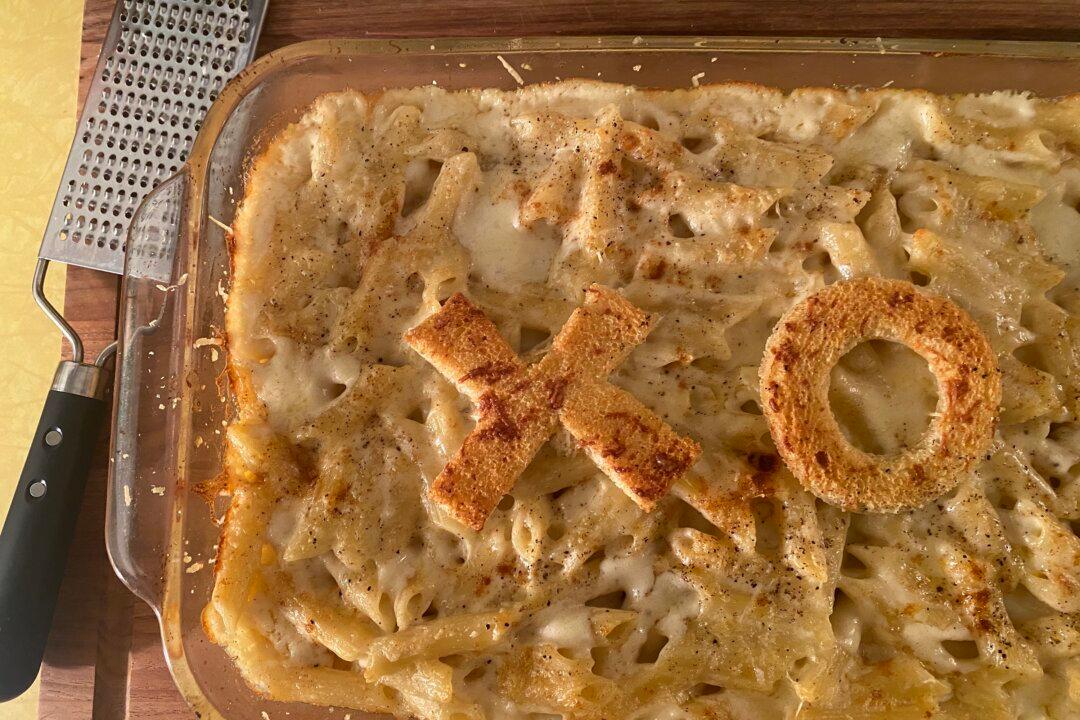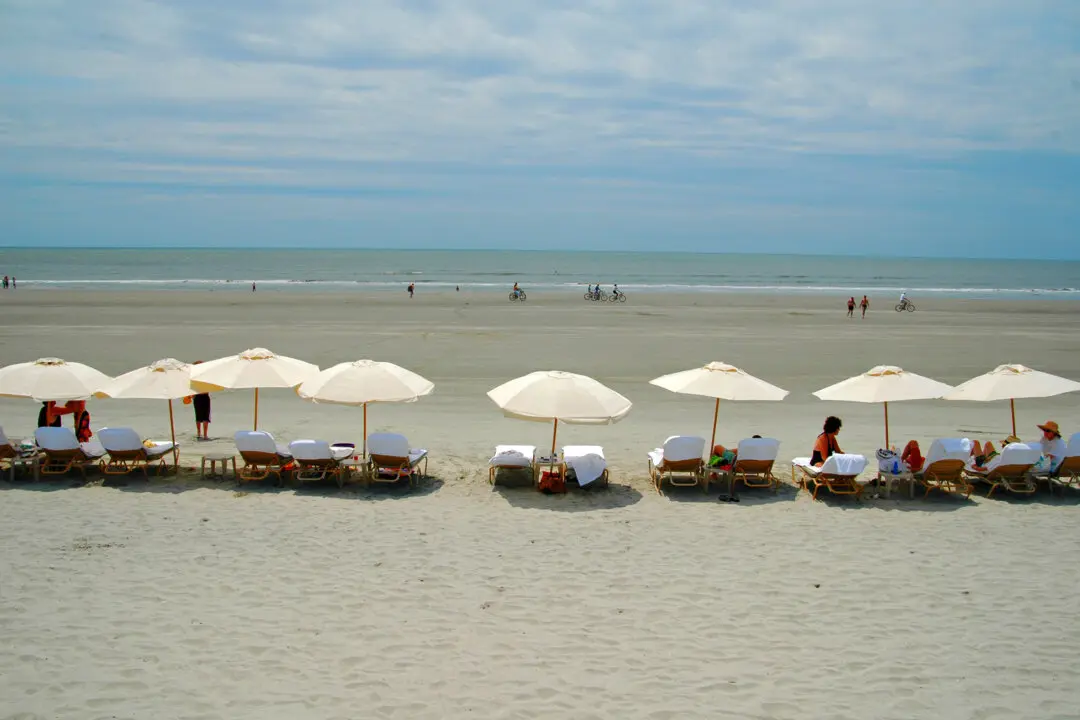I’m here as a macaroni-and-cheese lover, not a macaroni-and-cheese fighter. The title of the following recipe—“The Actual Best Macaroni and Cheese”—clearly indulges in hyperbole, for the actual best macaroni and cheese is, of course, made the way you like it most. In this celebration of gluten and dairy, everybody should be a winner (except those unable to partake, and sorry!).
Personally, I like most every kind of mac and cheese: Give it to me (please), and I will eat it, and I will be happy. I will eat it at a fancy restaurant (probably with lobster in it, which is absurd, but I will absolutely eat it), I will eat it at pretty much any restaurant that puts it on the menu (and please do), I will eat it from a grocery-store deli counter (would 100% right now, actually), I will eat it frozen from Trader Joe’s (surprisingly decent, and made with cheddar, havarti, Gouda and Swiss), I will eat it from a box, etc. The only style of macaroni and cheese that I have trouble getting behind is the pasta-in-a-slick-and-shiny-Velveeta-type-sauce variety; I find the gluey factor a little off-putting, but if that’s your thing, all due respect to you.
And while the “comfort food” bromide has gone beyond overused, macaroni and cheese is undeniably helpful for blanketing the stomach when other food and/or life in general seems challenging. Mac and cheese from a box not only pleases nearly all children; it is the ideal thing to consume between a violent 24-hour bout of food poisoning and a family-mandated outing to the musical “Cats” immediately following (and may you be spared this experience forever and always). Macaroni and cheese from a hospital cafeteria might be the best food possible if you’re coming to after terrifying surgery and you’re more hungry than you’ve ever been and also quite high on pain meds and you order it plus a chocolate shake and then while eating it you feel more intensely than you ever knew possible the urgent amorphous beauty of just being alive (ditto).
The love of macaroni and cheese has led me to experiment with different kinds of recipes, from the easy three-ingredient type incorporating evaporated milk, to those with the inclusion of eggs for a more custardy situation, to the likes of Balthazar’s macaroni gratin (which, unexpectedly, convinced me that macaroni and cheese doesn’t need bacon). Noodle consideration has occupied more of my time than it should; classic large elbow is classic for a reason and quite wholly pleasing, but penne has those external ridges for minute additional cheese-adhering pleasure and also a bit more chew (I switch back and forth).
The method here, involving a roux, is not the easiest, with a long stretch of hot and boring stirring while all the cheeses are added, but ultra-gooey, casserole-y greatness will be your reward. The customization of those cheeses is what might make this a favorite—choose your own adventure! And while an all-cheddar mac and cheese is absolutely defensible, deploying a variety here creates a level of richness that one single cheese, no matter how majestic, cannot attain. This macaroni is just the thing to put together when you find yourself with an excess of cheeses (maybe that’s just my problem?); conversely, if you make purchase of some bread and lovely cheeses for this macaroni, the leftovers make the world’s best grilled cheese.
So the very best macaroni and cheese can be the one you make yourself—or, of course and even better, the one that someone who understands you makes for you. I got the idea here for putting a monogram cut out of a piece of bread on top from a friend who made me a letter-B mac and cheese, years ago now; he got his really good recipe from now dearly departed vegetarian restaurant The Grit in Athens, Georgia. The bread-design is also customizable: letters, numerals, stars or whatever. You could just put a toasty-buttery heart on top, for making macaroni and cheese can be an act of love.
The Actual Best Macaroni And Cheese Recipe
Makes 8-ish servings
Choosing your own symphony of cheeses (sorry!) is what can make this the perfect macaroni for you. A good combo might include a mild cheese (Monterey Jack, havarti, Edam, brick), a nutty one (along the Swiss-Gruyère-Comté axis), a sharp cheddar, maybe something extra melty-rich like fontina or the zippiness of Gorgonzola. Gouda is never a bad idea, in this application or in life in general. Consider Camembert for additional velvety texture and an intensification of flavor. Delicate fresh mozzarella arguably gets lost here, but a whole-milk mozz can be cut into 1/2-inch cubes and stirred into your pasta-and-cheese mix before baking for little hits of extra gooeyness. Organic cheeses (and milk) also can boost the wonder here. There’s not really a wrong way to go, though, with our friend cheese in this superb format.—Bethany Jean Clement






